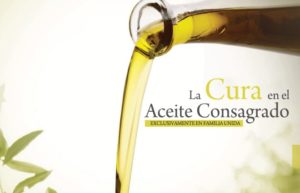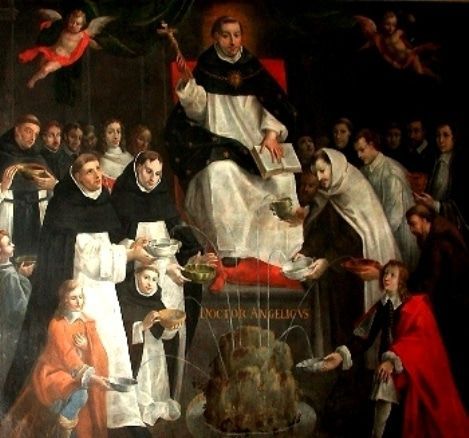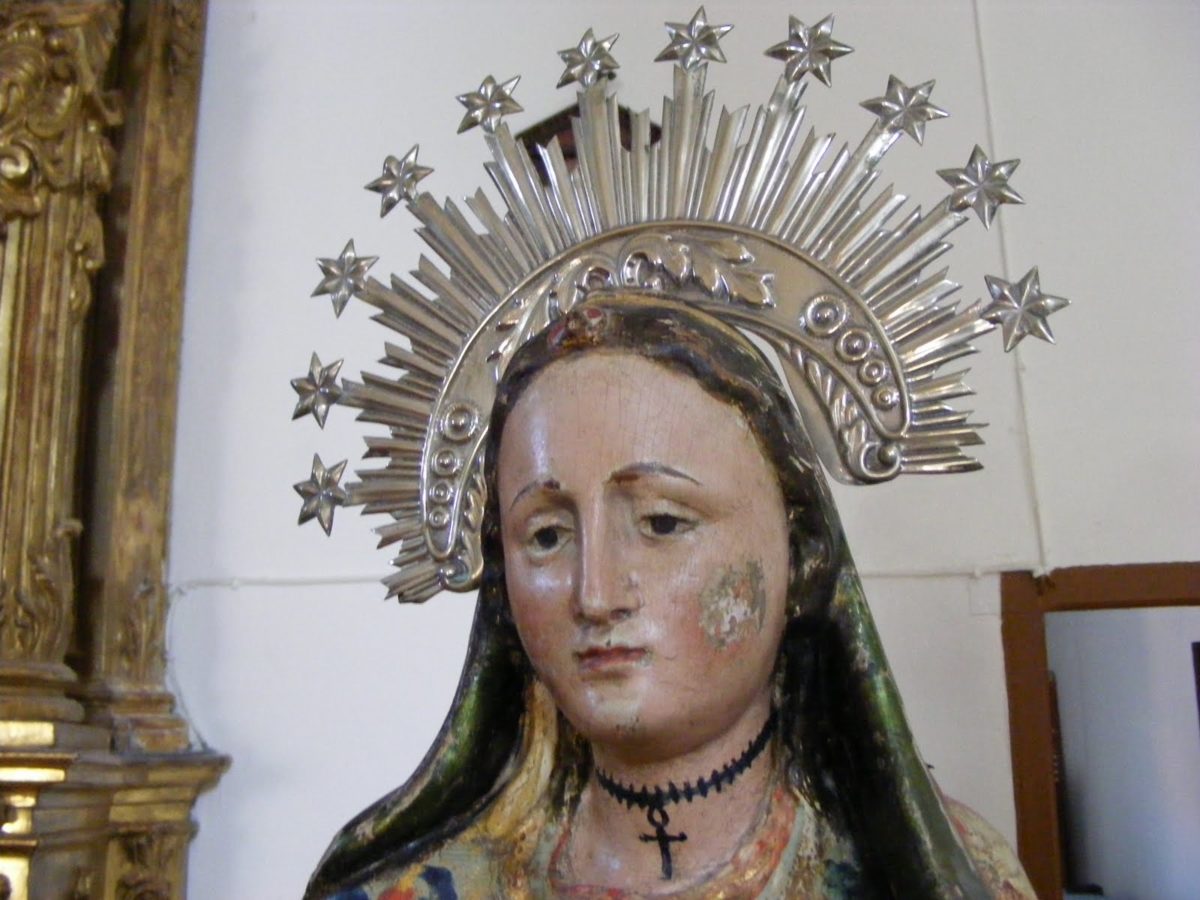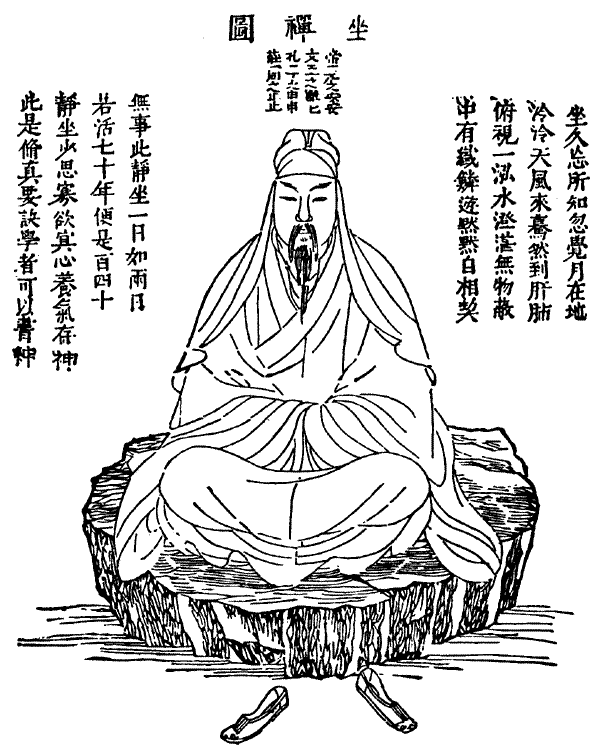Although the Catholic religion is one of the most well-known in the world, many people are unaware of the sacraments in which holy oil is used.

I recommend our article How many bishops are there in Mexico against Pope Francis to complement this reading.
Many people are unaware of the sacraments in which consecrated oil is used.
This is due to the fact that although Catholicism is one of the most widespread religions in the world, it is also one of the most widespread religions without a sense of religious belonging.
This means that even the Catholics themselves, who have received most of the sacraments, do not know it.
That is why today we are going to discover what consecrated oil is and what it is used for.
Consecrated oil
Before we look at the sacraments in which consecrated oil is used, let’s look at its origins.
You may have heard the saying “you will break your chrism”.
Because of this saying, many people believe that the chrism is part of the human head.
But they are far from the truth, first of all because it is not the chrism, but “the chrism”.
This is the holy oil used in the Catholic Church to anoint the forehead.
The word comes from the Latin chrisma and the Greek khrisma.
Its composition is based on olive oil mixed with balm and it is consecrated by the bishop when he consecrates it every Maundy Thursday.
Given the constant use of this word in our language, the Royal Spanish Academy finally accepted it by using it as a head.
In other words, we can colloquially call the head chrism.
I also recommend our article on why the Pope is the Bishop of Rome and what his office is.
In which sacraments is holy oil used?
This mixture of olive and balm is blessed by a bishop and used in the administration of certain sacraments.
It is also used in the performance of certain ecclesiastical functions.
In order to be used as a material for the sacrament of confirmation, it must be pure olive oil and it must also be blessed by a bishop.
These conditions are irrefutable and necessary for its validity.
There is also a mixture of balm with a special blessing to be used for the dying, the sick and catechumens.
If this condition is not fulfilled, the validity of the sacrament is doubtful.
Origin of chrism
In ancient times it was used to describe any substance used for anointing.
In the writings of the Fathers, the term was restricted to a special type of oil used in religious ceremonies and functions.
It was also used in the administration of the sacraments of baptism and confirmation.
Early church councils regarded chrism as something separate for sacred purposes.
Some theologians believe that chrism was instituted by Christ.
Others, however, maintain that it is of entirely ecclesiastical origin and is a matter for the sacrament of confirmation.
The Council of Trent attributed spiritual and healing powers to Holy Chrism, but with respect for the Holy Spirit. See what the Council of Trent was organised for.
Nature of the chrism
The composition of chrism is based on olive oil and balsam.
The oil is the main ingredient, but the balm must be added in greater or lesser quantities.
Not for reasons of validity, but in obedience to an ecclesiastical rule.
The Old Testament refers to the use of oil in various religious ceremonies.
The coronation of kings, the consecration of priests, the ordination of Levites and the Mosaic ordinances.
For this reason, Catholics claim, it has religious recognition and approval.
The second element is balm, an aromatic and resinous substance extracted from the wood of certain trees or plants.
Early Christians made this ointment from up to forty different fragrant spices.
In the Christian era, balsam was sourced from Judea and Arabia.
In modern times it comes from the West Indies.
The first use of balm as an ingredient in chrism is found in the Gregorian sacrament.
According to current legislation, balsam is a requirement for chrism to be legitimate.
However, it has caused controversy among theologians who feel that it is not necessary.
However, the use of simple olive oil alone is a dubious matter for the clergy, and they forbid in which sacraments consecrated oil is used.
Use and meaning of chrism
It is used in the administration of the sacraments of the Catholic Church:
- Baptism
- Confirmation
- Holy Orders
It is also used in the consecration of churches, patens, chalices, altars and altar stones.
Priests use it to solemnly bless bells and baptismal water.
Chrism is used to anoint the head of a new-born baby to be baptised, and the forehead of a person to be confirmed.
It is also used to anoint the hands of a bishop at his consecration and of a priest at his ordination.
It is used to solemnly consecrate the walls of churches and to anoint the sacred vessels used at Mass.
Chrism was introduced into the liturgy of the Church because of its symbolic significance.
Olive oil is rich, long-lasting and diffusive, and is suitable for representing the outpouring of grace in the sacrament.
Balsam, on the other hand, gives the pleasant and fragrant odours of the sweetness of Christian virtue.
The oil gives strength and suppleness to the extremities of the body, and the balm protects them from corruption.
Thus the anointing with holy chrism means fullness of grace and spiritual strength.
It enables those who are anointed to resist the infection of sin and temptation.
Instead, it enables them to produce the sweet nectar of virtue.
For “men are to God the good smell of Christ…” 2 Corinthians 2:15
I also recommend our article on who runs the Catholic Church from the Vatican and who gave him that authority.
God bless you.




